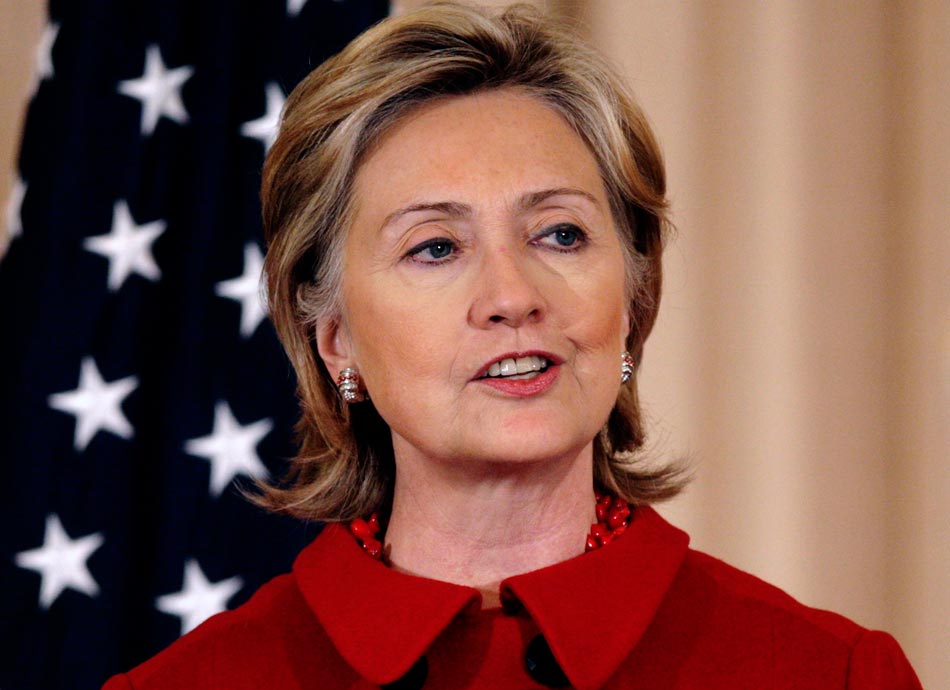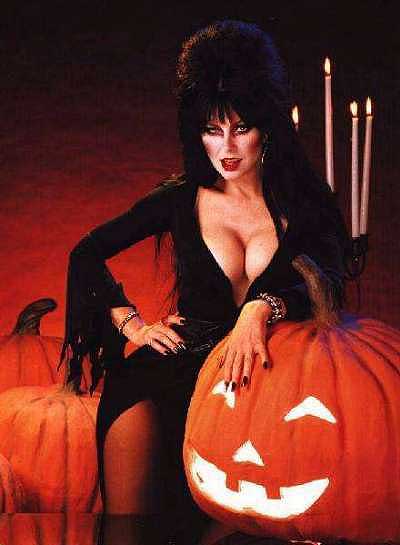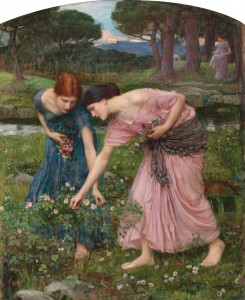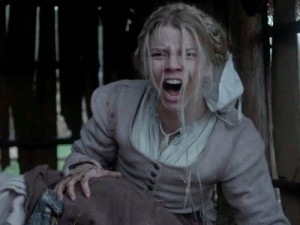 It’s that time of year again. That holiday beloved (sometimes begrudgingly) by witches. Late autumn in the Northeast United States is a stunningly heady time: the colors, the scents of decaying vegetation, the dark storm clouds giving way to sun, the chilly mornings laden with frost giving way to afternoons full of buzzing insects, and let us not forget the orgy of foods we associate with the season: pumpkin spice everything, apples, cider, cider donuts, squash, and slow-cooked deliciousness in our crockpots and smokers.
It’s that time of year again. That holiday beloved (sometimes begrudgingly) by witches. Late autumn in the Northeast United States is a stunningly heady time: the colors, the scents of decaying vegetation, the dark storm clouds giving way to sun, the chilly mornings laden with frost giving way to afternoons full of buzzing insects, and let us not forget the orgy of foods we associate with the season: pumpkin spice everything, apples, cider, cider donuts, squash, and slow-cooked deliciousness in our crockpots and smokers. 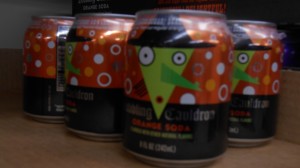
As mentioned in this article I wrote for Witchvox a number of years ago, You Call it Hallowe’en, We Call it Samhain (an oldie but a goodie!), this holiday descends from late harvest festivals in the British Isles, and the customs of trick or treat, jack o’lanterns and dressing in costume are all derived from activities meant to honor the harvest season and acknowledge the world of the dead. The notion of the “thinning of the veil” is of course one way to look at it (that exact moment between the autumn equinox and the winter solstice being seen as an astrologically potent time and a moment of cosmological and spiritual power); and many modern witches create rituals to honor their ancestors or commune with those who have gone on before. But it has always seemed to me that the association of Samhain with death is a very simple and direct reflection of the changes in nature (Samhain means “summer’s end”) happening around us.
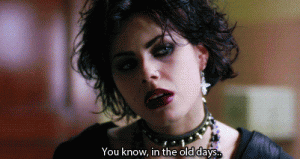 The Full Moon of the season is most commonly called the Hunters’ Moon or Blood Moon, so named in the old days (my euphemism for the era of agrarian culture in Europe, from which many of our neo-pagan festivals, customs, rituals and imagery derive–oh, just go read your Ronald Hutton!) for the tradition of the last slaughter of animals for preservation, to provide food during winter. Smoking, curing and salting the flesh meant the lean winter diet could be supplemented with protein, especially during times when the weather made hunting difficult. This was the season to contemplate survival, and with it, our mortality. Pretty simple, really. But, recent warnings about bacon aside, we don’t have to worry about salting our slaughtered animals to survive winter, do we? We have grocery stores (and, if we’re lucky, indoor farmers markets).
The Full Moon of the season is most commonly called the Hunters’ Moon or Blood Moon, so named in the old days (my euphemism for the era of agrarian culture in Europe, from which many of our neo-pagan festivals, customs, rituals and imagery derive–oh, just go read your Ronald Hutton!) for the tradition of the last slaughter of animals for preservation, to provide food during winter. Smoking, curing and salting the flesh meant the lean winter diet could be supplemented with protein, especially during times when the weather made hunting difficult. This was the season to contemplate survival, and with it, our mortality. Pretty simple, really. But, recent warnings about bacon aside, we don’t have to worry about salting our slaughtered animals to survive winter, do we? We have grocery stores (and, if we’re lucky, indoor farmers markets).
So why do contemporary pagans and witches still engage with the imagery of death at this time? And why does America (and to a lesser extent, England) embrace the supernatural themes of Hallowe’en so fervently? It’s not just about the fun and the party and the gluttony (no, no, that bag of mini Butterfingers is for the CHILDREN, I swear!); it’s about immersing ourselves for a few days in a mode of revelry that allows us to confront something many of us fear deeply. This time of year finds us dancing with something we tend to feel very uncomfortable about much of the time. Death. It’s the one universal truth of our lives: that we will all die one day. And yet it is a truth of our culture that death is a topic we’re very uncomfortable with. It’s hard to say when this happened, but I think it began in the 1950s when it became more common to have a “nuclear family” instead of one that included the elderly members of our families, as was common in immigrant culture in this country. Our life expectancies are longer now, but our health in those latter years is not necessarily good; dementia is on the rise. Our elderly loved ones often live apart from us, in places suited to their healthcare needs or to our busy lifestyles. Not living with an aging parent or grandparent on a daily basis makes the awareness of our ow mortality something easier to ignore; and it can make the shock of death and the burden of grief that much greater when it does come. 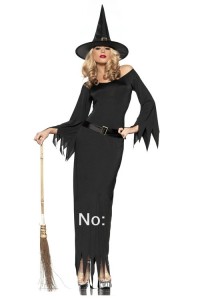

It’s odd, really, that our cultural obsession with violence and with supernatural beings who live on after death (vampires, zombies, ghosts, etc.) does not better equip us to accept and prepare for our own deaths. Perhaps that is why this holiday is second only to Christmas in commercial revenue and why over-the-top costumes and parties become the norm for this short time. We feel the need to dance with the scary world of the dead. Last year, Dio de los Muertes faces (modeled on those worn by celebrate of the Mexican Day of the Dead celebrations) were a very popular costume/makeup choice in the United States. Zombie walks and events grow in size every year, and THE WALKING DEAD is the most popular show on TV. Horror movies continue to be big box office draws. We are clearly drawn to these images and maybe we don’t even know why.
We live in precarious times, punctuated by dramatic weather events caused by global warming, a climate disaster that we have wrought. We live in terrifying times, punctuated with mass shootings perpetrated by angry individuals who wish to die but who first want to take out as many people as they can first, a social disaster that we have wrought. We live the best we can, and some of us embrace the old ways, the worship of nature, the path of earth love, to stave off our fear and to try and understand our place amid the human mystery. We dream of that place between life and death and wonder when it will welcome us, through a swirling cloud of stardust with trees poking through it and the cry of birds overhead and the soft scent of soil beneath us. We are the walking dead…






